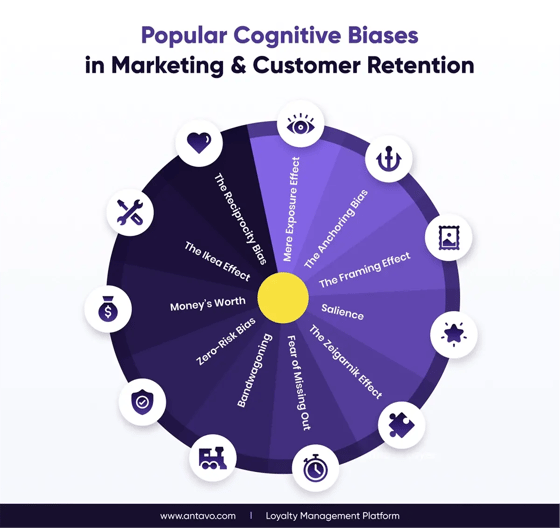In the fast-paced world of advertising and marketing, decisions often need to be made swiftly. But did you know that these decisions can be heavily influenced by biases, whether conscious or unconscious?
As a business owner or marketer, understanding biases and their impact on design is crucial for creating inclusive and effective campaigns. Let’s dive into the world of biases in advertising and marketing and explore how you can ensure your designs are truly inclusive for all.
Unpacking Bias: What You Need to Know
Bias, simply put, is the unfair distortion of judgment in favour of or against a person or thing. It’s essential to recognize that biases can manifest in various forms, from cultural biases to confirmation biases and everything in between. In advertising and marketing, these biases can significantly impact the way products or services are presented to consumers.
Cognitive Bias in Advertising and Marketing
In the realm of advertising and marketing, cognitive biases play a significant role. These biases are systematic ways in which our judgment and decision-making are influenced by the context in which information is presented. Essentially, it’s about how information is framed to appeal to our subconscious minds.

Types of Cognitive Bias in Design
Let’s take a closer look at some common cognitive biases that can affect advertising and marketing campaigns:
- Confirmation Bias: This leads us to interpret data in a way that supports our existing beliefs, potentially leading to campaigns that reinforce stereotypes or exclude certain groups.
- Cultural Bias: When interpreting words or behaviours according to our own cultural norms, we may inadvertently alienate audiences from different cultural backgrounds.
- Social Desirability Bias: This leads individuals to respond in a way that presents them favourably to others, which can skew market research results and lead to misinformed decisions.
- Implicit Bias: Attitudes and stereotypes we hold unconsciously can influence how we portray certain groups in advertising, perpetuating harmful stereotypes.
- Racial Bias: Believing that people of specific racial groups have distinct characteristics can lead to discriminatory advertising practices.
Examples of Biases in Action
Biases in advertising and marketing can lead to product failures and exclusionary practices. Consider these real-world examples:
- Airport Body Scanners: Designed without considering diverse body types, these scanners discriminate against certain groups, leading to inconvenience and embarrassment.
- Real Name Systems: Systems that require individuals to use their legal names can exclude transgender individuals who may not want their gender assumptions made public.
- Car Safety Features: Historically, car safety features have been designed based on male crash test dummies, potentially putting women at higher risk in accidents.
- Automatic Soap Dispensers: Some dispensers fail to recognize darker skin tones, highlighting the consequences of not considering diverse user groups in design.
Overcoming Bias in Advertising and Marketing
As a business owner or marketer, it’s essential to take proactive steps to identify and mitigate biases in your advertising and marketing campaigns:
- Educate Yourself: Learn about the various types of biases that can impact your work and stay informed about inclusive design practices.
- Practice Self-Awareness: Reflect on your own biases and be mindful of how they might influence your decisions.
- Spot Bias in Others: Recognize biases in your team members and stakeholders and create an environment where biases can be openly discussed and addressed.
- Prioritize Impact Over Output: Focus on creating campaigns that have a positive impact on your target audience, rather than simply churning out content for the sake of it.
Conclusion
In conclusion, biases in advertising and marketing can have far-reaching consequences, from excluding certain groups to perpetuating harmful stereotypes. By understanding and addressing biases in your design process, you can create more inclusive and effective campaigns that resonate with a diverse audience. Remember, inclusivity isn’t just a buzzword—it’s a fundamental aspect of ethical and successful advertising and marketing practices.